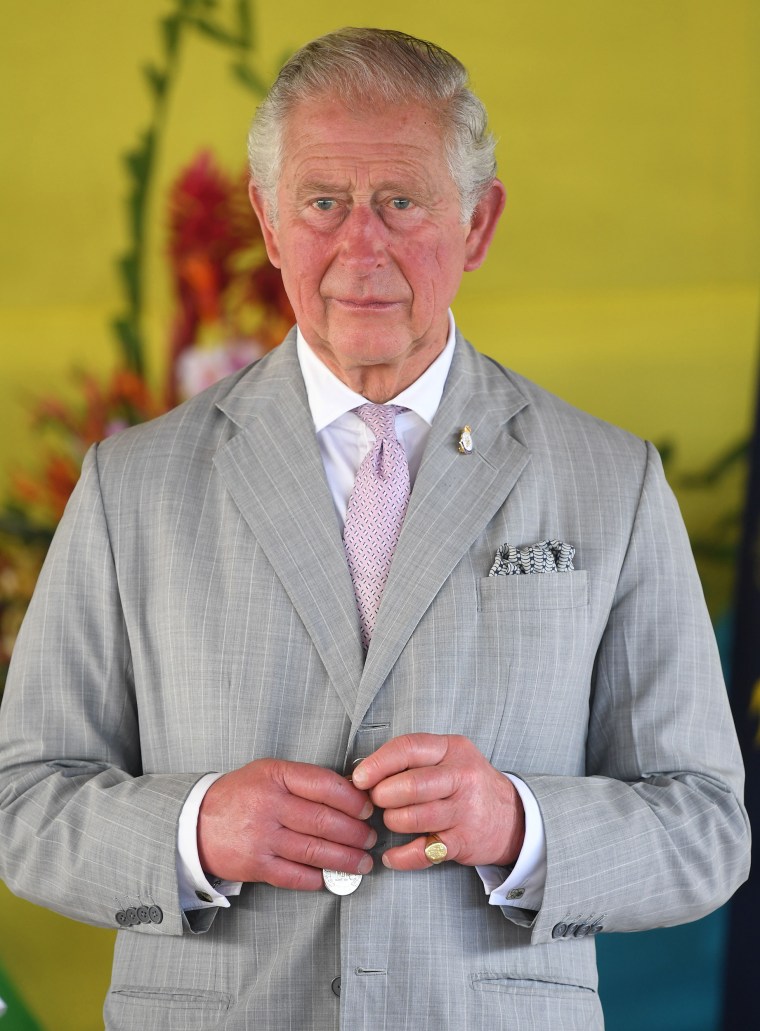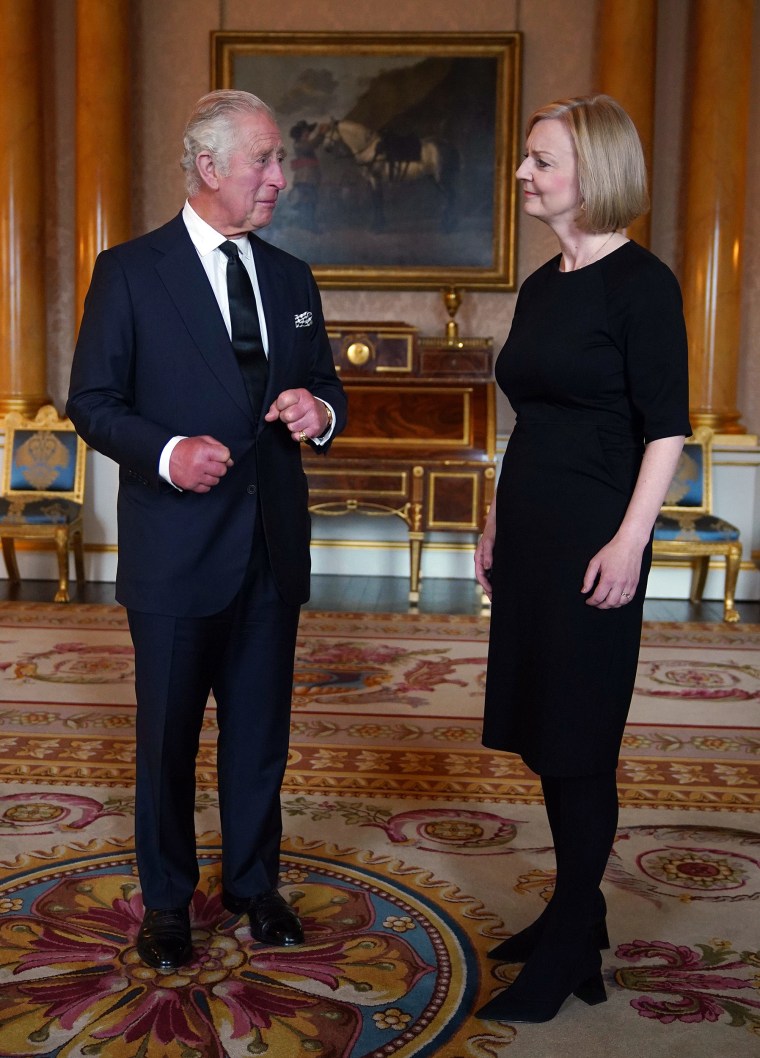King Charles III has been diagnosed with cancer, Buckingham Palace has shared in a statement.
The cancer was discovered when he underwent a corrective procedure for a benign, enlarged prostate earlier this year. The monarch has gone public with his diagnosis, the palace said, in order to "prevent speculation" and "assist public understanding for all those around the world who are affected by cancer."
Here's what we know about Charles' health.
King Charles has cancer
Buckingham Palace announced on Feb. 5, 2024, that Charles has been diagnosed with cancer.
"During The King’s recent hospital procedure for benign prostate enlargement, a separate issue of concern was noted. Subsequent diagnostic tests have identified a form of cancer," the statement read.
Charles started his "schedule of regular treatments"on Feb. 5, and will postpone all his "public-facing duties" as he undergoes treatment at the recommendation of his doctors.
"Throughout this period, His Majesty will continue to undertake State business and official paperwork as usual," the palace said.
"The King is grateful to his medical team for their swift intervention, which was made possible thanks to his recent hospital procedure. He remains wholly positive about his treatment and looks forward to returning to full public duty as soon as possible."
The palace did not disclose what type of cancer Charles has. But they did say it is not prostate cancer.
King Charles was treated for an enlarged prostate
On Jan. 17, Buckingham Palace announced that the king needed to undergo treatment for an enlarged prostate, sharing at the time that his condition was not cancerous.
He received the corrective procedure on Jan. 26 and was discharged from the hospital on Jan. 29. He then went home to recuperate, according to a palace statement from the time. It was not made clear which type of prostate procedure the king received.
An enlarged prostate, a gland used in reproduction, is a common condition as men age, and the exact cause isn't known, according to the National Library of Medicine. It does not increase a person's risk of prostate cancer.
He’s had COVID-19 twice
The monarch first tested positive for the coronavirus in late March 2020 as the illness was spreading around the world. He had mild symptoms but otherwise remained in good health, Clarence House, his former residence, said at the time.
He tested positive for COVID-19 for the second time in February of 2022. After self-isolating, he resumed his royal duties a week later.
The royal has received the COVID-19 vaccine and a booster, the BBC reported.
There’s been concern about his swollen hands
For a few years now, British media have wondered about the royal’s swollen fingers and hands. Photos from a 2019 trip to the Solomon Islands showed the extent of the issue:

Charles’ hands still looked swollen as he met with then-British Prime Minister Liz Truss on Sept. 9, 2022, after his mother's death.

There’s no official word about his diagnosis, if any, but in general, doctors said this symptom can be due to a variety of issues.
Heart, liver and kidney disease are common causes of swelling, but it usually involves the whole body, says Dr. Jeffrey Linder, chief of internal medicine at Northwestern Medicine in Chicago.
“The feet and ankles are usually affected first and swelling generally has to be pretty advanced to involve the hands,” Linder tells TODAY.com.
“For what it’s worth, I haven’t noticed obvious leg or ankle swelling in recent pictures in which he’s wearing a kilt.”
Fluid retention can also cause swelling in the hands and ankles, which can be more marked in older adults who’ve been inactive or sitting, he added. Some medications can make hand and ankle swelling worse.
For isolated hand and finger swelling, osteoarthritis, or “wear and tear” arthritis, can sometimes be the cause, but osteoarthritis is usually associated with bony changes, Linder said.
Inflammatory disorders like rheumatoid arthritis, psoriatic arthritis and other forms of arthritis or inflammation in the skin are also possible causes.
“However, I would expect most of these conditions to be associated with other symptoms, like marked joint pain, fevers or rashes,” Linder noted.
He’s had a noncancerous growth removed from his face
That “minor and routine” procedure took place in 2008 and involved a spot on the side of his nose, The Associated Press reported.
Both of his parents had similar noncancerous growths removed from their faces in the previous years.
He’s been treated for sports injuries
The royal has a collection of scars from his days of playing polo. He broke his right arm in two places after falling from his horse during a polo match in 1990, The Associated Press reported.
In 1998, he cracked a rib after falling from his horse while hunting, according to the BBC. That same year, he had surgery to repair the cartilage in his right knee.
In 2001, the royal was knocked unconscious when he fell from his horse during a polo match. That same year, he fractured a bone in his shoulder when he fell off a horse during a fox hunt, the BBC noted.
He gave up polo in 2005 at the age of 57.
He’s had hernia surgery
In 2003, then-Prince Charles injured himself laying hedges in the gardens at one of his estates and needed a “fairly routine operation,” the BBC reported.
Hernias are common and happen when part of an internal organ or tissue bulges through a weak area of muscle, often during straining, according to the National Library of Medicine. Most hernias occur in the abdomen, and surgery repairs the opening in the muscle wall, it noted.
